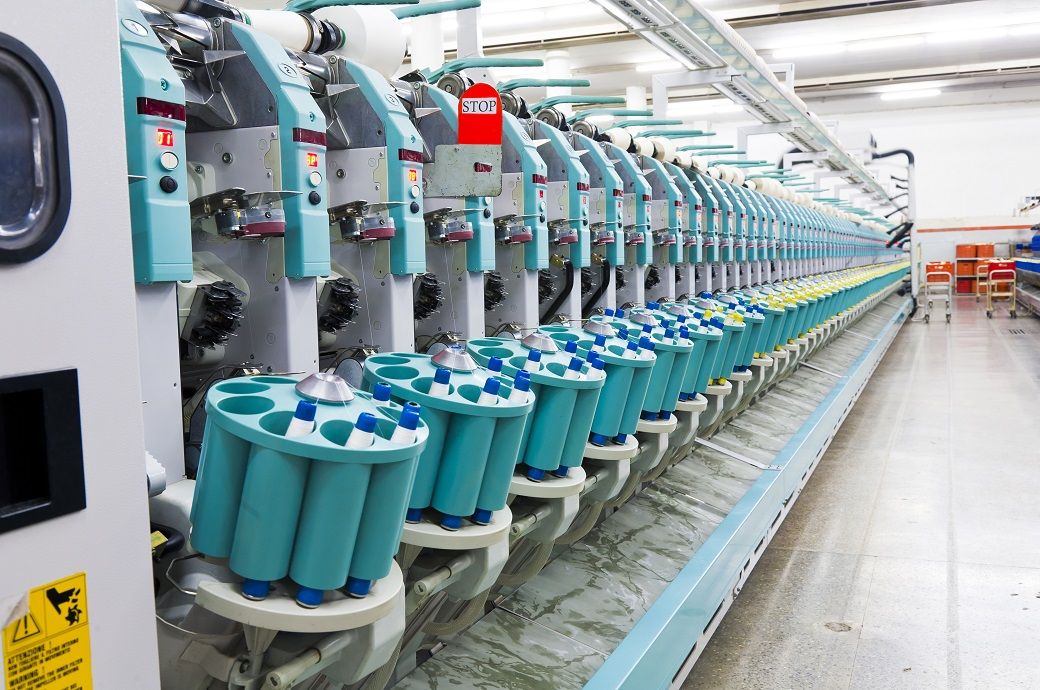
More encouragingly, the slowdown was accompanied by a marked cooling of inflationary pressures. Input costs rose at the slowest rate since December 2020 and average selling prices for goods rose at the weakest rate since March 2021.
The seasonally adjusted HCOB Flash Eurozone Composite PMI Output Index, based on approximately 85 per cent of usual survey responses, fell from 52.8 in May to 50.3 in June, its lowest since January. Although recording an expansion of output for a sixth consecutive month in June, the latest increase was only marginal and far weaker than the gains seen in the previous four months to signal a considerable loss of growth momentum. The 2.5-point drop in the index was the largest recorded for a year, as per the survey.
The slowdown had been signalled in advance by a near-stagnation of new business inflows in May. With the new business trend measured across goods worsening further in June, as new orders dropped for the first time since January, the deteriorating demand environment signals downside risks to output in July.
Manufacturing remained the principal area of weakness, with factory output falling for a third straight month and at the fastest rate since last October. The resulting steep production decline was driven by an increasingly sharp downturn in new orders for goods, which fell to the greatest extent since last October.
Backlogs of work fell at the steepest rate for seven months, reflecting the sustained (albeit moderating) output growth at a time of falling inflows of new work, and have now fallen for three successive months.
Falling backlogs tend to signal excess capacity, and are hence typically a precursor to downward pressure on payroll numbers. Hence employment growth slowed for a second consecutive month in June, with the rate of job creation down to its lowest since February. Manufacturing headcounts were cut for the first time since January 2021.
Manufacturers notably also adjusted to the prospect of lower production in the coming months by greatly reducing their purchases of inputs. Barring the COVID-19 lockdowns of early-2020, June saw the largest reduction in input buying by factories since 2009. Reduced purchasing of inputs by manufacturers took pressure off supply chains, which in turn led to faster supplier delivery times, which have improved in recent months to a degree not seen since 2009.
Falling demand led to increasing discounting in manufacturing, resulting in average input prices dropping in the factory sector for a fourth successive month and at the steepest rate since July 2009. The rate of input cost inflation sank sharply in June, down for a ninth straight month to its lowest since December 2020.
Slower cost growth fed through to lower selling price inflation. Average prices charged for goods rose at the slowest rate for 27 months in June, having been on a broad easing trend over the past year but showing an especially large drop in momentum in June (one of the largest points falls in the index since 2008 excluding the early-2020 pandemic lockdown months). Prices charged for goods leaving the factory gate fell for a second successive month, showing the largest decline for three years, the survey added.
Optimism about the year ahead fell in June to the greatest extent since last September, sliding to its lowest level so far this year. Expectations for the year ahead have deteriorated especially markedly in manufacturing, down to a seven-month low in June. The overall degree of confidence has dropped far below the long-run average in the manufacturing.
Looking at growth across the euro area, the weakness was led by France, where output fell for the first time since January as strikes reportedly added to the economy’s headwinds. The resulting drop in output was the steepest since February 2021 and broad-based across manufacturing. However, growth also came close to a stand-still in Germany, contrasting with robust expansions in the three months to May. The rest of the region as a whole meanwhile reported the slowest output growth for five months, the expansion continuing to lose momentum from the solid gains seen in March and April due to a combination of marked factory output losses.
Fibre2Fashion News Desk (DP)